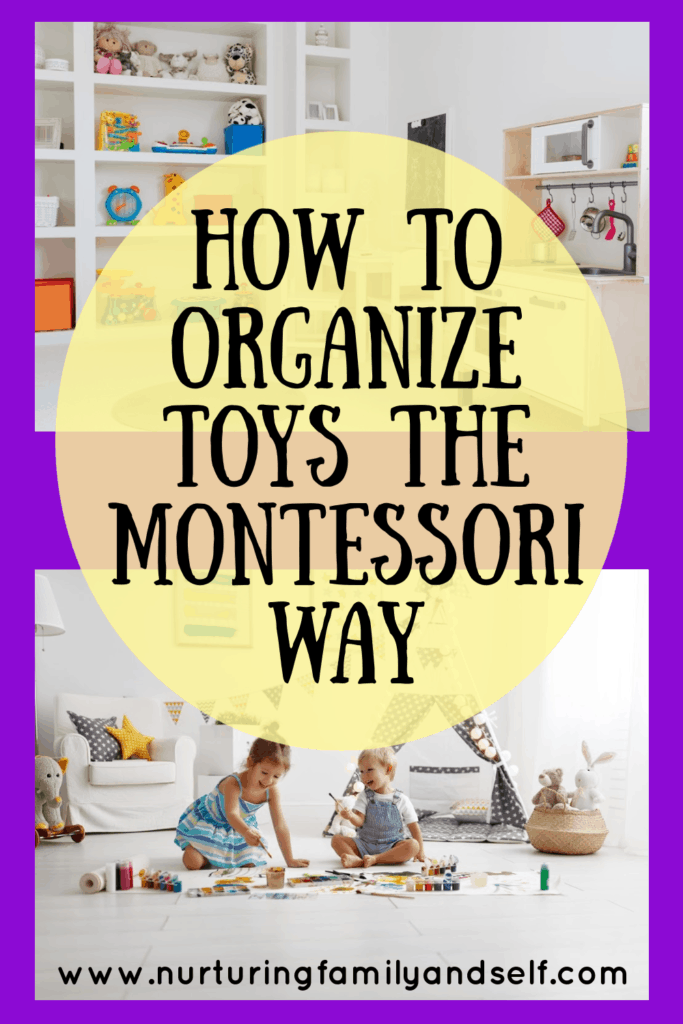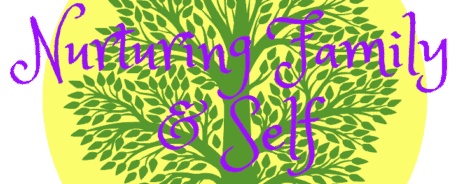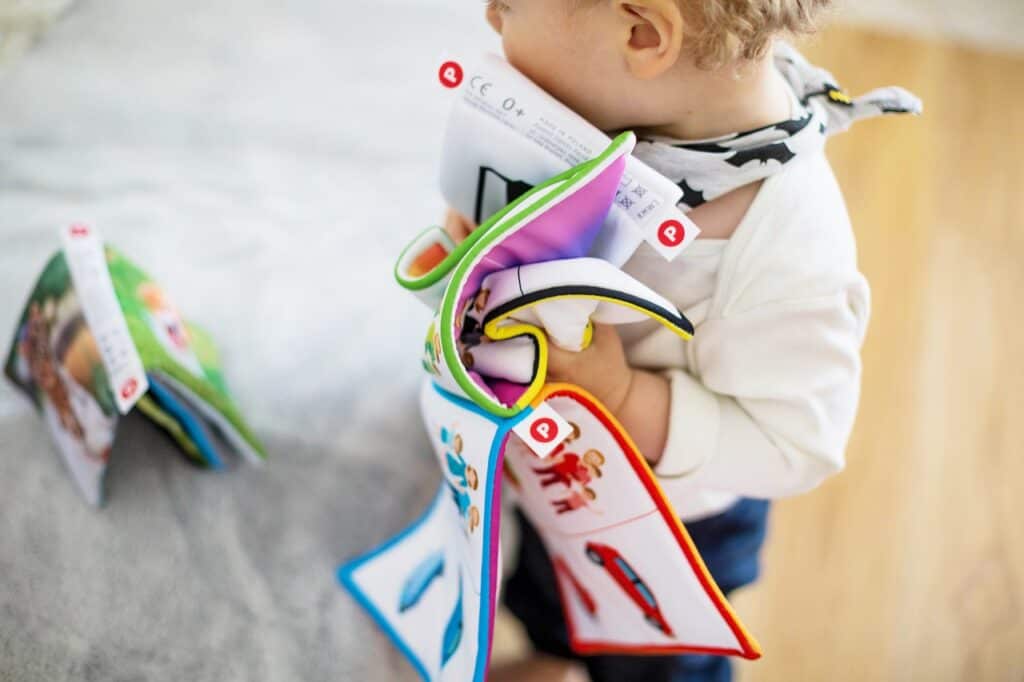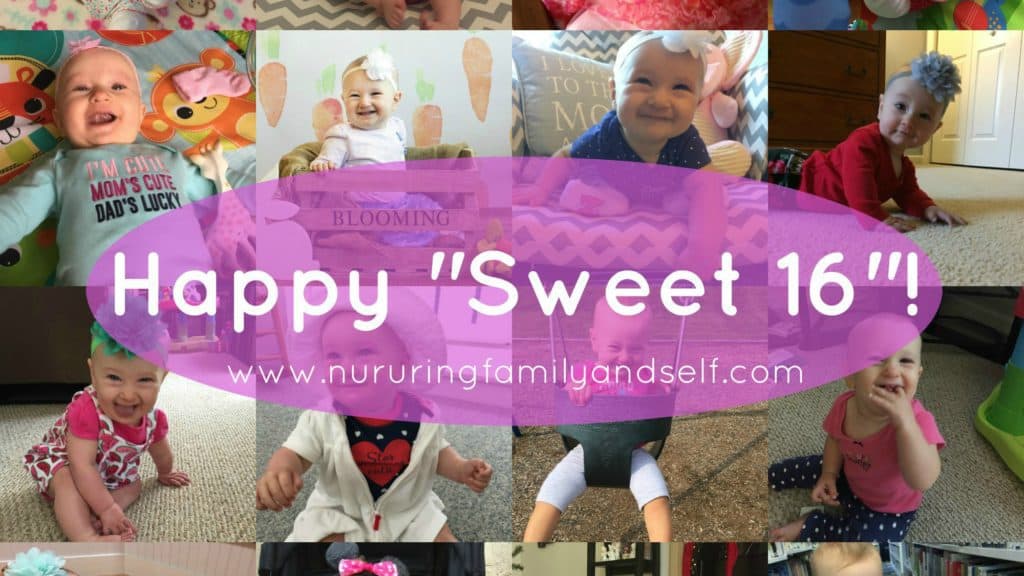This post may contain affiliate links. If you choose to make a purchase through these links, I earn a small commission at no cost to you. I do not promote anything I do not believe in or stand behind.
You may have heard about the Montessori method. Pinterest is full of pictures of Montessori playrooms with neatly organized wooden toys.
Of course, social media images may be different from reality. But that doesn’t change the fact that many families that started to apply the Montessori principles in their household agree that it is easier to keep their kids’ play area tidy and organized.
So, how exactly can Montessori toy organization help you?

What is the Montessori method?
The Montessori method is an educational approach developed by an Italian physician Maria Montessori at the beginning of the 20th century.
Maria Montessori based her teachings on careful observations of pre-school children and various developmental stages they go through.
She always stressed that we should respect children, which means respecting their own pace as well as allowing them to be independent and move freely as much as possible. Of course, this freedom goes hand in hand with limits and responsibility.
Prepared environment
In the Montessori philosophy, play is taken very seriously. It is the way children express themselves and learn everything new.
A Montessori playroom is based on the concept of “prepared environment” – a well-thought space in accordance with the Montessori principles where everything has its place and serves a purpose.
Image source: Pinterest
Let’s take a look at how we can put these ideas into practice and organize toys in an effective way that will make sense for both children and parents.
1. Put the toys at a child’s level
Maria Montessori famously said:
“Never help a child with a task at which he feels he can succeed.”
This rule perfectly sums up the importance of child’s independence in the Montessori method.
Creating a prepared environment is about creating opportunities for the kids to act independently – whether it’s letting them reach the counter top and helping in the kitchen or using a floor bed so that they can get in and out whenever they need.
When it comes to toys, you won’t find boxes stuffed with hundreds of toys all mixed together in Montessori homes and schools.
Instead, toys are placed on low shelves, right at the child’s height so that they can take them freely. Each toy has its own place and they are usually presented in a “deconstructed way” (e.g. a stacker toy is “unstacked”) as it challenges the child to start the activity.
Image source: The Kavanaugh Report
Books are usually displayed front-facing so that kids can easily find the book they are looking for.
You may ask whether this kind of toy organization won’t lead to total chaos. After all, you’re probably familiar with a very popular activity of all toddlers – throwing all the toys they can reach on the floor.
Let’s take a look at other Montessori principles that will prevent this.
2. Less is more. Rotate the toys.
Every loving parent wants only the best for their little angel. Unfortunately, when it comes to toys, we often think it means having as much as possible.
We couldn’t be more wrong.
It has been proven again and again that too many options tend to overwhelm the child and fewer toys are actually a better option. It may sound counterintuitive but the more toys there are, the lower is the quality of your toddler’s play.
On the other hand, if children are provided with a smaller selection of toys, they are able to focus better and play with them longer.
Having less toys can lead to:
- More developed imagination
- Longer attention spans
- Less fighting between kids
Of course, the “less is more” principle doesn’t mean you have to pick the top 10 toys and throw the rest in the trash.
One way to make sure your child plays with only a limited number of toys is toy rotation. In practice, it means displaying only a couple of toys and keeping the rest out of reach and sight. After some time, you rotate the toys based on what the child is interested in.
Here are some tips:
- Display about 8-10 toys at the same time – the rest will be stored out of sight
- Rotate the toys every week or two (there’s really no strict rule, so the frequency is up to you)
- You don’t have to rotate all the toys at the same time – if there’s a particular toy your child loves, you can keep it displayed permanently.
- Use a wide variety of toys – focused on development of fine motor skills, language, gross motor skills, music, imaginative play, etc…
Last but not least, don’t forget that getting rid of some toys is a perfectly viable option in making the organization of the toys in your household easier.
3. Use baskets and trays
Toddlers thrive in an environment that is organized, aesthetically beautiful and clutter-free.
Yes, kids can be very messy, but at the same time, they have a natural love for order. It helps them to better understand the world around them.
That’s why Montessori toys are usually stored in baskets or trays. This way, it is much easier for a child to pick a specific toy that they want to play with and put it back.
Image source: The Montessori Family
Sometimes, kids throw out all the content of a box just to find one little thing – which creates a mess that could have been easily avoided if the toys were stored differently.
4. Let the kids tidy up their toys
From a very early age, we can teach kids that they are responsible for their possessions and actions. When it comes to toddlers, it can be something as simple as letting them clean the spilled water with their own little wiping cloth.
Part of the Montessori way of organizing the toys is letting the children to be part of the said “organization”.
All you need is to set up some ground rules. They may look like this:
- If you play with something, put it back correctly when you are done.
- Use the toys in a way that they don’t get damaged.
Remember, this is not about perfection. The little clumsy hands probably won’t do all the job flawlessly. It’s about teaching the kids that tidying up the toys is a natural part of the playing process.

Natalie is a stay-at-home mom and blogger who loves sharing practical tips on parenting and fun activities for babies and toddlers. The Montessori approach is her compass in the chaos of too many (often opposing) opinions on how to raise a happy child.


